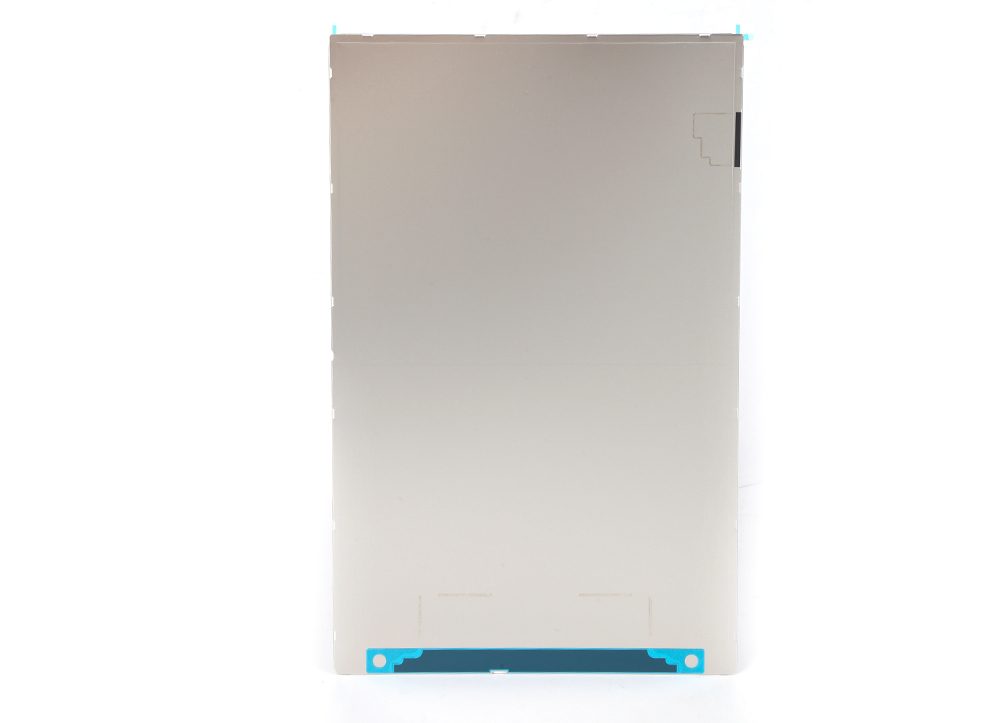Time:2022-11-16 Preview:
When used in the hardware die casting die factory, there will be a temperature difference on the die surface. Temperature differences sometimes cause thermal strain. If the thermal strain is repeated for many times, the residual stress will be generated on the surface of the zinc aluminum alloy metal die castings. In most cases, this residual stress is tensile stress, which will lead to hot cracks in metal die casting die products. If the stress can be eliminated, the residual tensile stress can be reduced, and the effect of improving the service life of such products can be obtained from the surface.
After learning that the hot cracks caused by the die casting of zinc aluminum alloy hardware are caused by stress, the corresponding solution was found through research, that is, after a period of mold test, such as 1000~2000 mold times and 5000~10000 mold times of metal die casting, stress relief treatment was carried out respectively. This treatment can be repeated every 10000~20000 mold times after that, so as to minimize the hot cracks in the metal die casting mold factory.
In addition, we also need to note that in the stress treatment of metal die casting, the temperature is recommended to be about 25 ℃ below the high tempering temperature of heat treatment. Generally, keep it at this temperature for 2 hours.

What are the cooling methods for metal die casting dies
In order to prolong the service life of the metal die casting die, it is more important to conduct cooling work in time when the temperature is high. The cooling methods of metal die casting die include water cooling, air cooling, heat pipe cooling and indirect cooling.
1. Water cooling: The hardware die casting mold factory provides cooling water channel to make the circulating water enter the molding insert or core, so as to bring the heat out of the mold. The water cooling efficiency is high, which can effectively reduce the cavity surface temperature, but increases the complexity of the structure. It is mainly used for molds that need a lot of heat dissipation. To prevent condensation on the chamber surface, the temperature of cooling water shall be higher than the room temperature.
2. Air cooling: For the parts in the hardware die casting mold that are difficult to be cooled with water, air cooling can be used. Air cooling can be conducted by blower or compressed air. Air cooling can not only cool the metal die casting mold factory, but also blow the coating evenly, disperse the volatile gas of the coating, and reduce the porosity of the casting. The cooling temperature of air cooling is much lower than that of water cooling.
3. Heat pipe cooling: mainly used for small parts that are difficult to be directly cooled with cooling water. On the small parts to be cooled, use the heat pipe to extract special heat, and then use the cooling water to cool the heat pipe.
4. Indirect cooling: alloy with high heat transfer coefficient is used for indirect cooling at the hot joint of hardware die casting die. The ammonium copper pin is screwed into the fixed core, and the end of the copper pin is provided with a radiator to enhance the heat dissipation effect.
 Related News
Related News·The Gold Standard for CNC Processing in Modern Manufacturing Industry ·What are the specific classifications of the carving machine according to the system application? ·Environmental inspection conditions for metal die casting? ·The advantages of face recognition shell aluminum alloy material ·Surface processing grade of stainless steel processing technology · Material requirements for hardware die-casting parts ·Network switch processing knowledge points ·CNC tool change and workbench exchange quickly ·How to choose the Longmen Processing Center (Longmen Milling Bed)? ·The advantages and application areas of CNC machining


